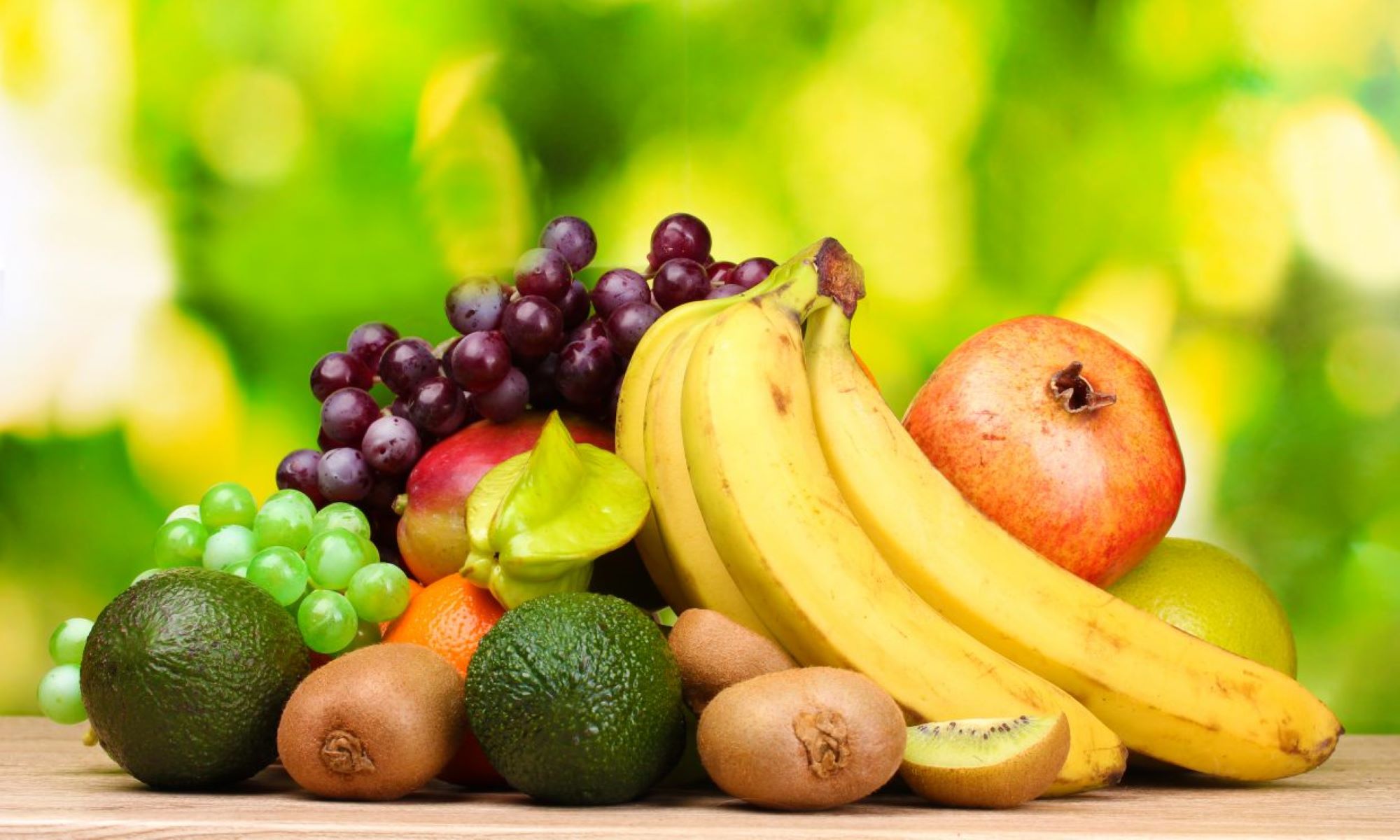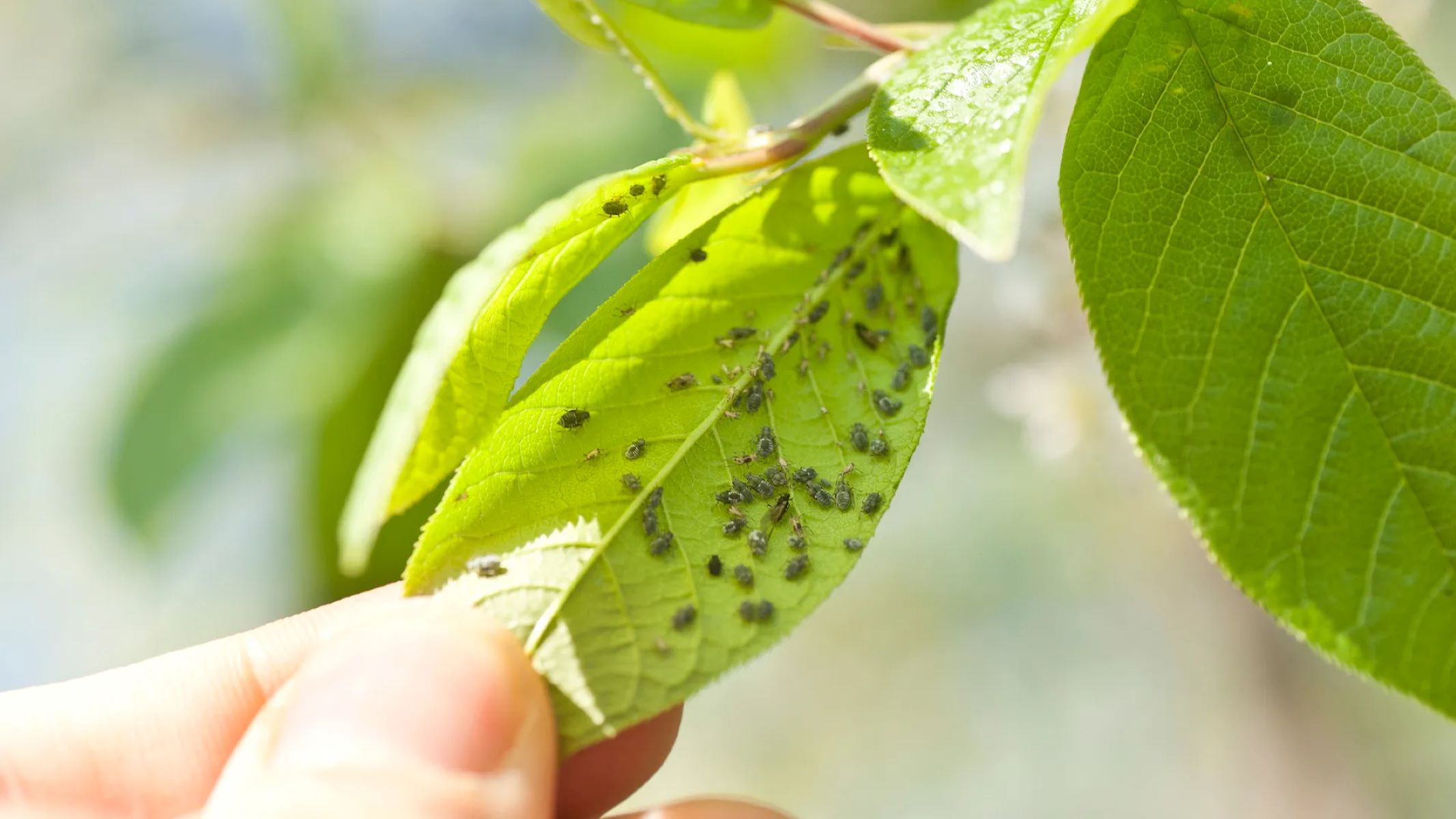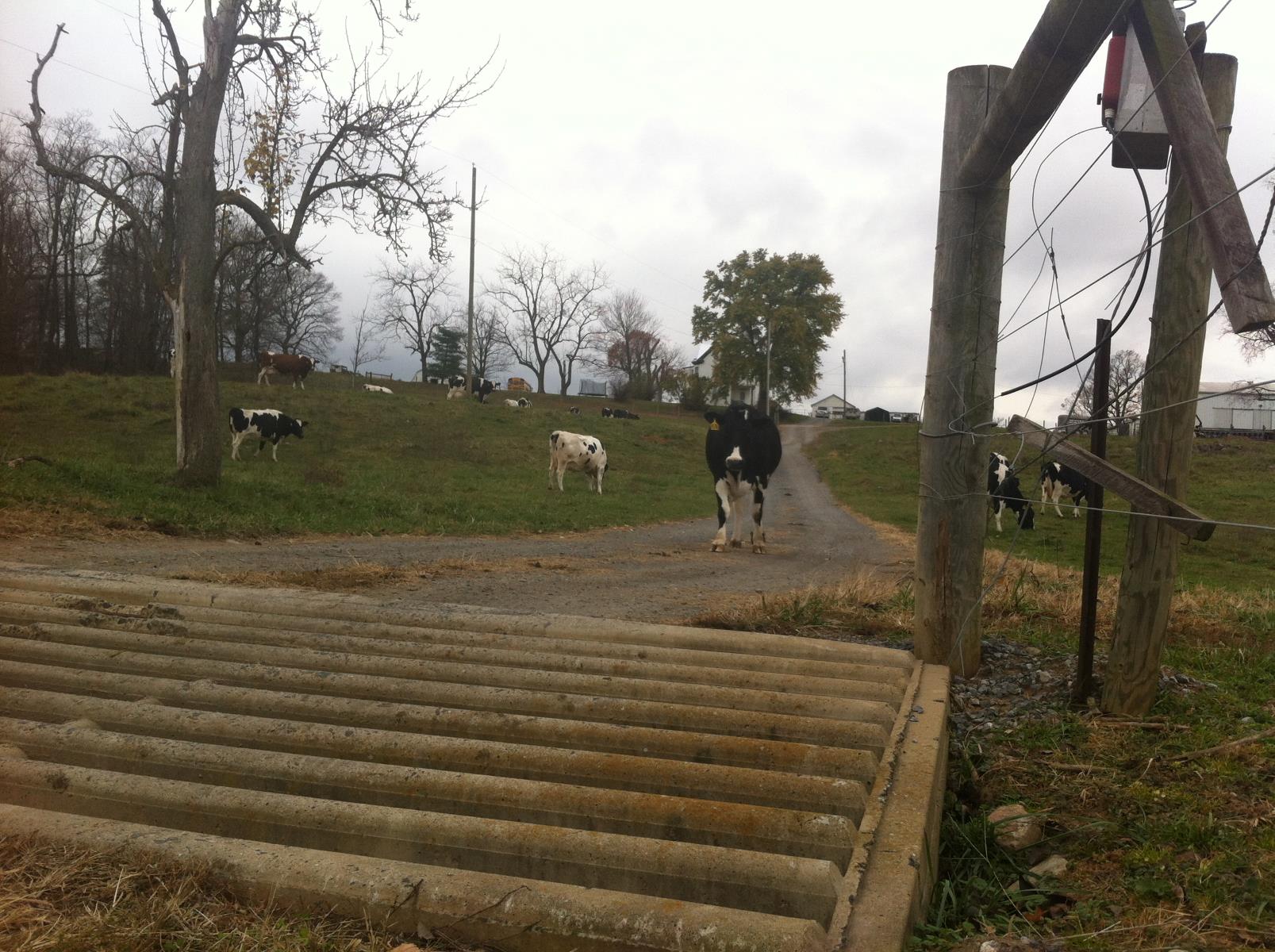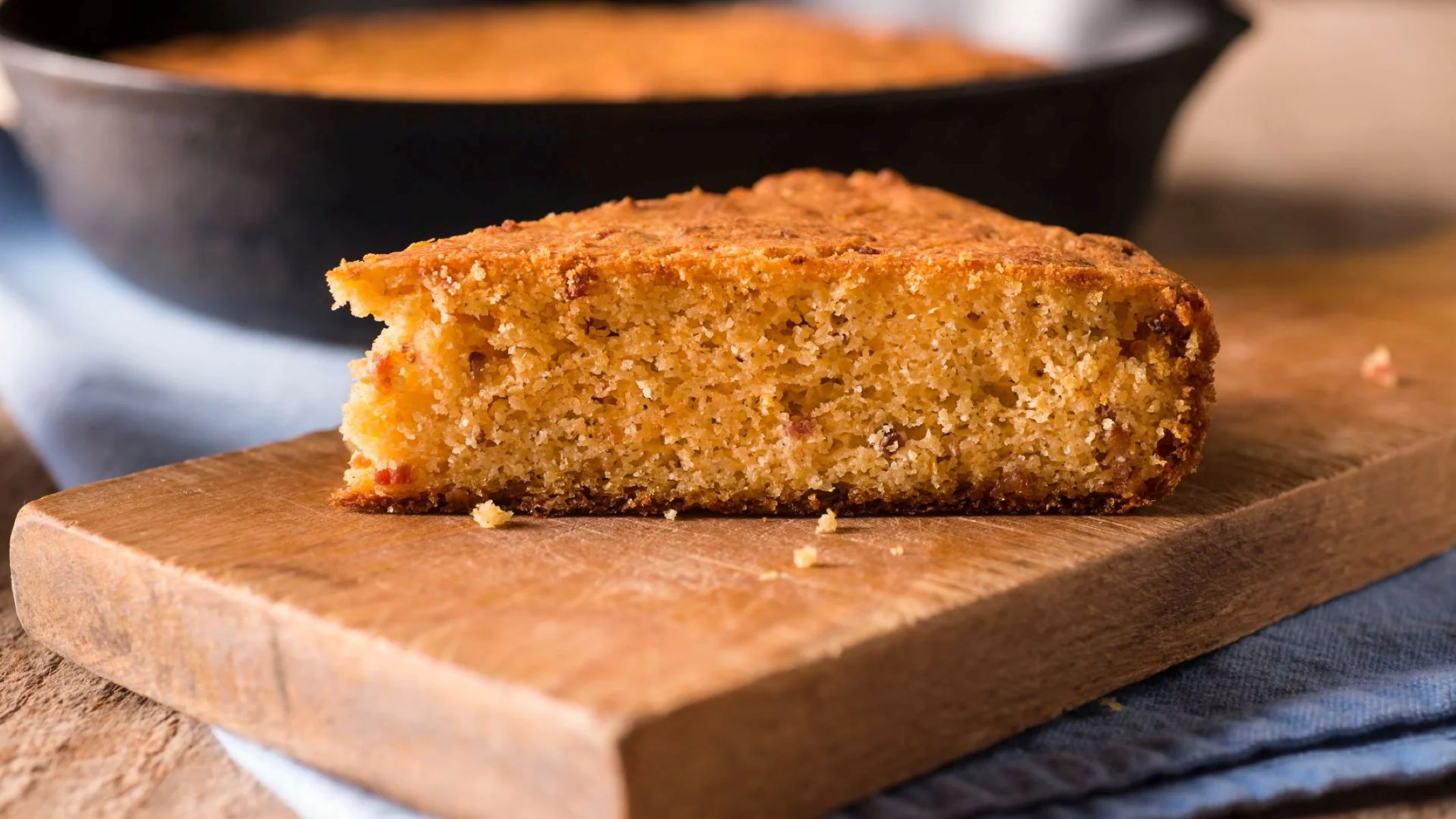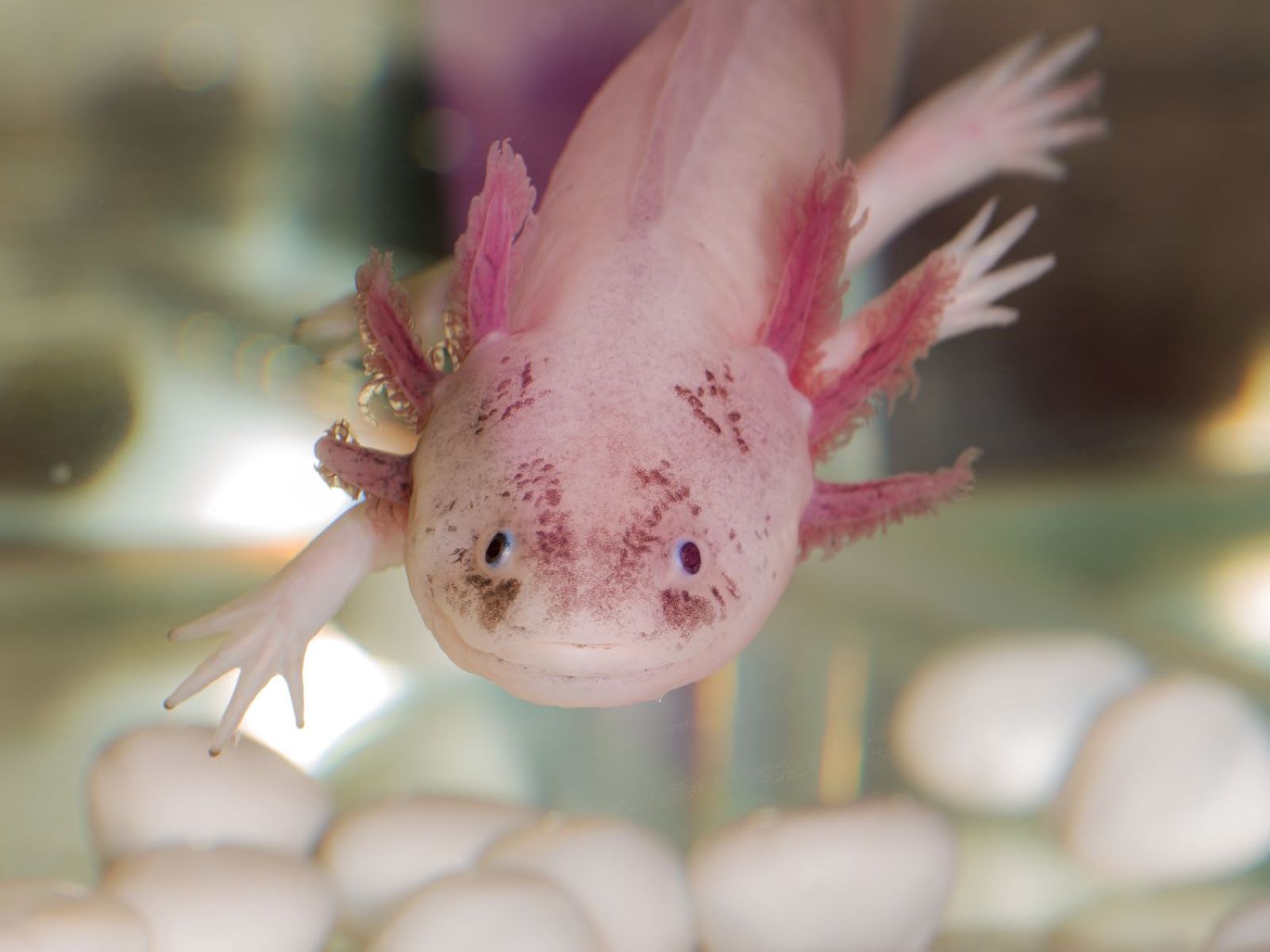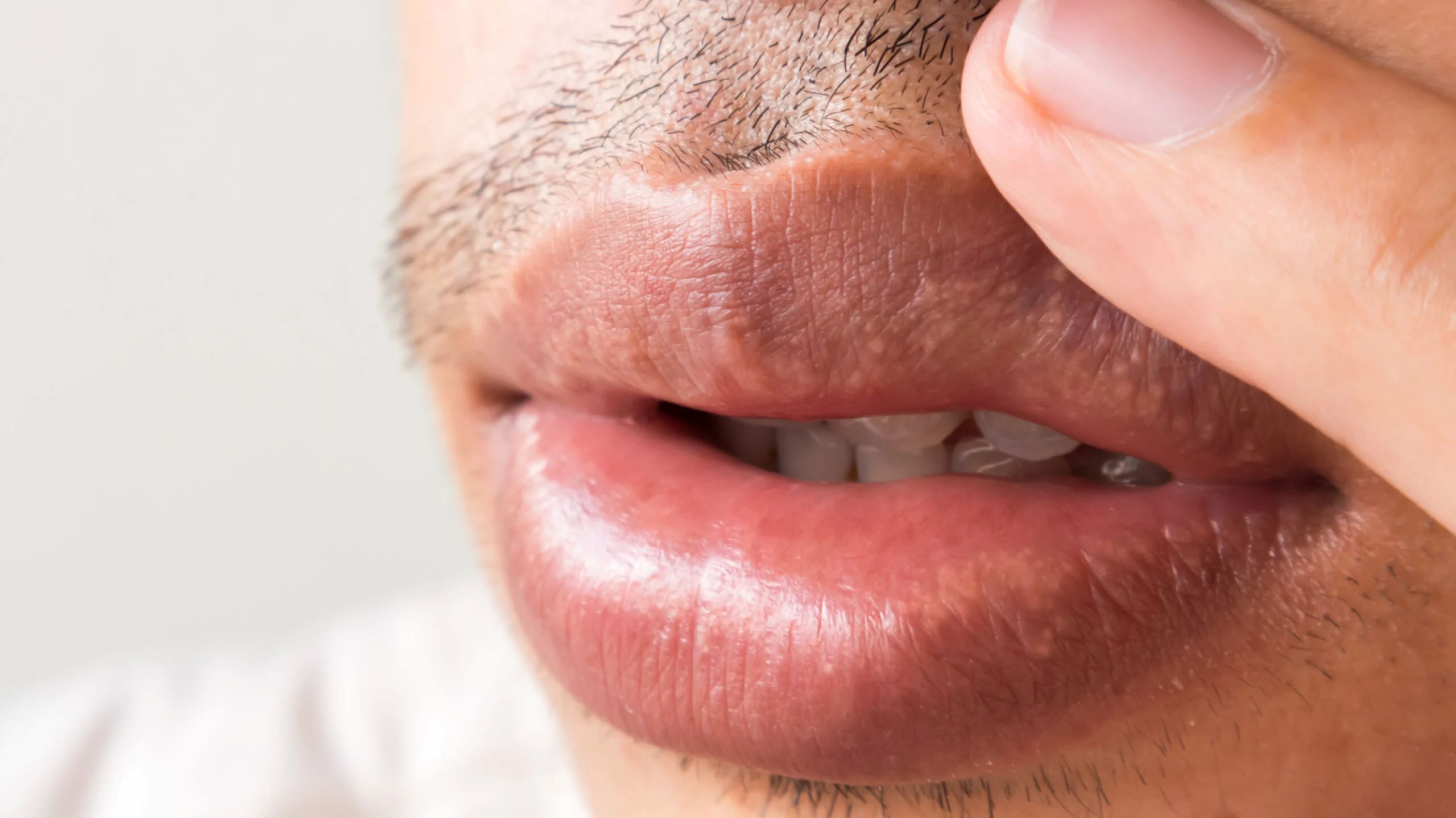Home>Pets & Animals>The Surprising Reason You Should Never Wet A Chinchilla
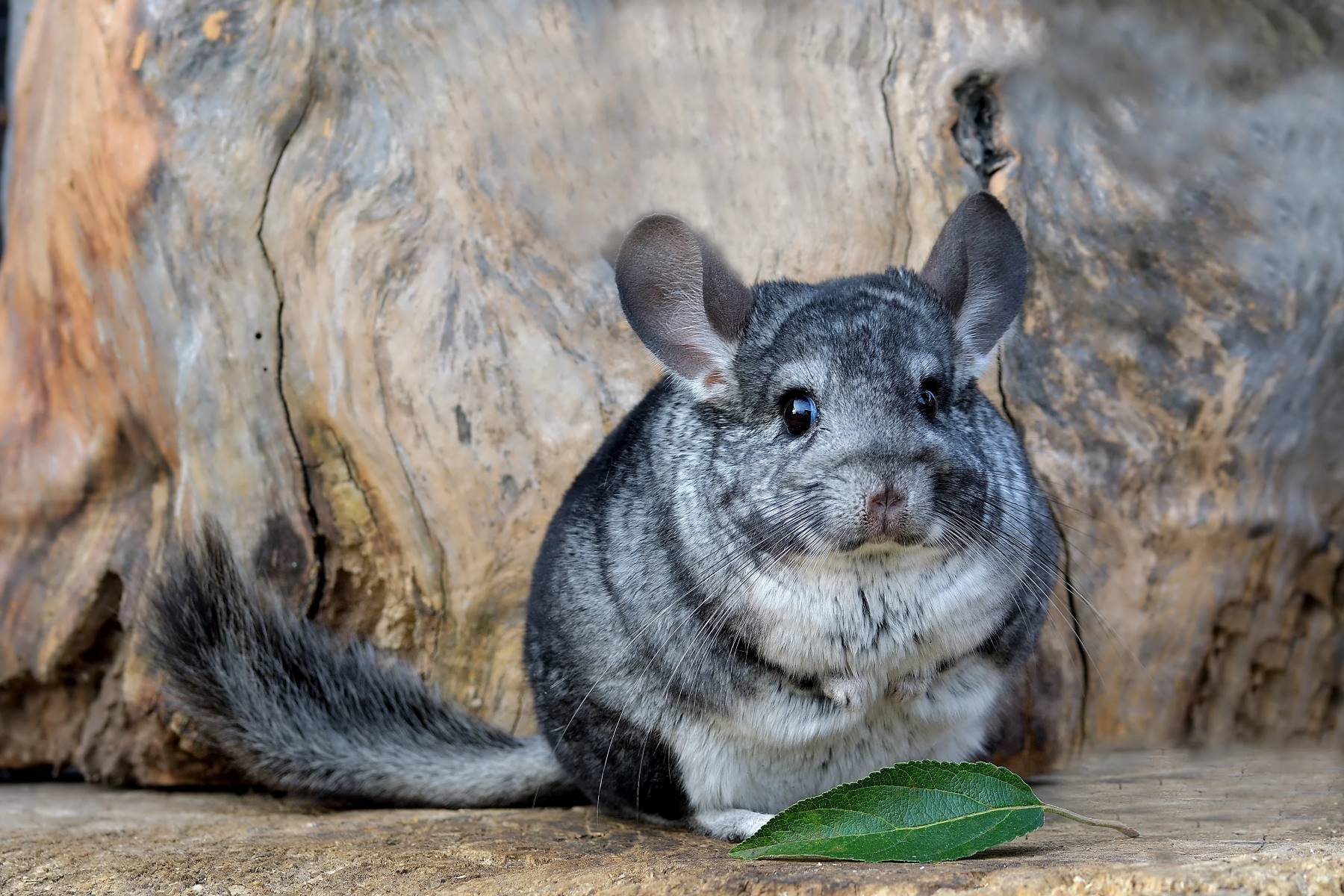

Pets & Animals
The Surprising Reason You Should Never Wet A Chinchilla
Published: February 17, 2024
Discover why wetting a chinchilla is a bad idea and learn how to properly care for these adorable pets. Find out the surprising reason in this comprehensive guide.
(Many of the links in this article redirect to a specific reviewed product. Your purchase of these products through affiliate links helps to generate commission for Regretless.com, at no extra cost. Learn more)
Table of Contents
Introduction
Chinchillas are adorable and fluffy creatures that have captured the hearts of many animal lovers. These small, furry mammals are native to the Andes Mountains in South America and are known for their incredibly soft and dense fur. As exotic pets, chinchillas have gained popularity due to their charming nature and low maintenance requirements. However, there is a common misconception about grooming these delightful creatures that can have serious consequences.
In this article, we will delve into the surprising reason why you should never wet a chinchilla. While it may seem like a harmless way to keep them clean, the truth is quite the opposite. Understanding the unique properties of chinchilla fur and the potential dangers of wetting them is crucial for any chinchilla owner. By exploring alternative methods for maintaining their hygiene, we can ensure the well-being of these captivating pets without compromising their health.
So, why should you avoid wetting a chinchilla? The answer lies in the remarkable characteristics of their fur and the delicate nature of their skin. By gaining insight into these aspects, we can appreciate the specific care requirements that chinchillas deserve. Let's embark on a journey to uncover the surprising truth behind this common misconception and discover the best practices for keeping chinchillas clean and content.
Chinchilla Fur and Its Unique Properties
Chinchillas boast one of the most extraordinary fur coats in the animal kingdom. Their fur is not only incredibly soft and dense but also possesses remarkable properties that set it apart from other mammals. Unlike many animals, chinchillas lack the ability to sweat, making their fur an essential component of their thermoregulation. Here are some fascinating insights into the unique properties of chinchilla fur:
-
Density and Softness: The fur of a chinchilla is exceptionally dense, with up to 60 hairs growing from a single follicle. This density creates a plush, velvety texture that is highly sought after in the fashion industry. In fact, chinchilla fur is considered one of the softest among all land mammals, making it a prized possession for centuries.
-
Hydrophobic Nature: One of the most distinctive features of chinchilla fur is its hydrophobicity, meaning it repels water. This natural resistance to moisture is a crucial adaptation for chinchillas, as it allows them to stay dry in their native mountainous habitats. When they encounter rain or snow, the water droplets simply roll off their fur, keeping the chinchillas insulated and preventing the growth of mold or mildew.
-
Insulation and Temperature Regulation: Chinchilla fur serves as a highly effective insulator, enabling these small mammals to withstand extreme temperature variations in their natural environment. The dense fur traps air close to the body, providing exceptional warmth in cold conditions and preventing overheating in warmer climates. This insulation is vital for their survival, as chinchillas are susceptible to heat stress and can easily succumb to high temperatures.
-
Self-Cleaning Ability: Another remarkable aspect of chinchilla fur is its self-cleaning ability. The dense, oily nature of their fur helps to repel dust and dirt, allowing chinchillas to maintain a relatively clean coat without frequent grooming. This natural mechanism is essential for their overall hygiene and well-being, as excessive moisture or grooming can disrupt the delicate balance of their fur and skin.
Understanding these unique properties of chinchilla fur sheds light on the importance of preserving its natural integrity. Wetting a chinchilla can compromise the hydrophobic nature of their fur, leading to potential health issues and discomfort. As we delve deeper into the dangers of wetting a chinchilla, it becomes evident that respecting the innate qualities of their fur is paramount for their welfare.
The Dangers of Wetting a Chinchilla
Wetting a chinchilla can have detrimental effects on their health and well-being, primarily due to the unique properties of their fur and skin. As mentioned earlier, chinchilla fur is hydrophobic, meaning it repels water. When their fur becomes wet, it disrupts this natural barrier, leading to a host of potential dangers. Here are the primary risks associated with wetting a chinchilla:
-
Fur Matting and Fungal Infections: Chinchilla fur is prone to matting when exposed to moisture. Wetting their fur can cause it to clump together, leading to painful mats that are challenging to remove. Additionally, the damp environment created by wet fur provides an ideal breeding ground for fungal infections, such as ringworm. These infections can cause discomfort and distress for the chinchilla, requiring veterinary intervention to resolve.
-
Skin Irritation and Dermatitis: The delicate skin underneath the chinchilla's fur is highly sensitive. When wet, the skin can become irritated and prone to developing dermatitis. This condition is characterized by inflammation, redness, and itching, leading to significant discomfort for the chinchilla. Persistent skin irritation can also compromise their overall health and vitality.
-
Chilling and Hypothermia: As mentioned earlier, chinchilla fur serves as a vital insulator, keeping them warm and protected from cold temperatures. When their fur becomes wet, it loses its insulating properties, leaving the chinchilla vulnerable to chilling and hypothermia. This is particularly concerning for pet chinchillas kept in indoor environments, where sudden exposure to moisture can disrupt their thermoregulation.
-
Stress and Anxiety: Chinchillas are known for their skittish nature and susceptibility to stress. Wetting a chinchilla can be a distressing experience for them, leading to heightened anxiety and discomfort. This can impact their overall well-being and may contribute to behavioral changes, such as decreased appetite and reduced activity levels.
Understanding these dangers underscores the importance of adopting alternative methods for keeping chinchillas clean. By avoiding the risks associated with wetting, chinchilla owners can prioritize the welfare of their beloved pets and ensure a healthy and harmonious living environment for these delightful creatures.
Alternative Methods for Keeping Chinchillas Clean
Given the risks associated with wetting a chinchilla, it is essential to explore alternative methods for maintaining their hygiene without compromising their well-being. Fortunately, there are several effective strategies that chinchilla owners can implement to ensure their pets remain clean and comfortable. These alternative methods not only prioritize the unique properties of chinchilla fur but also promote a positive and stress-free grooming experience for these delightful creatures.
Dust Baths
One of the most widely recognized methods for chinchilla grooming is the use of dust baths. Chinchillas have a natural affinity for dust bathing, which mimics their behavior in the wild. Special chinchilla dust, made from fine pumice or volcanic ash, is available for purchase and serves as an excellent grooming medium. Chinchillas thoroughly enjoy rolling and frolicking in the dust, which effectively removes excess oils and dirt from their fur. Regular dust baths help to maintain the cleanliness and health of their coats, all while catering to their natural instincts.
Grooming Tools
In addition to dust baths, utilizing grooming tools can significantly contribute to keeping chinchillas clean. Chinchilla-specific combs and brushes are designed to gently remove loose fur and prevent matting without the need for water. These tools are particularly beneficial during shedding seasons, as they aid in the removal of old fur and promote healthy coat maintenance. By incorporating regular grooming sessions into their routine, chinchilla owners can actively contribute to their pets' cleanliness and overall well-being.
Environmental Considerations
Creating a clean and hygienic living environment for chinchillas is crucial for their health. Providing a spacious cage with appropriate bedding, such as kiln-dried pine shavings or aspen wood shavings, helps to minimize the accumulation of dirt and moisture. Regularly cleaning and maintaining the cage, including removing soiled bedding and spot-cleaning areas of high traffic, contributes to a clean and comfortable living space for chinchillas. This proactive approach to environmental hygiene complements their grooming efforts and promotes a healthy lifestyle for these charming pets.
Dietary Support
Believe it or not, a chinchilla's diet can also play a role in maintaining their cleanliness. Providing a well-balanced diet rich in high-quality hay, pellets, and occasional treats supports their overall health, which in turn reflects in the condition of their fur. A healthy diet contributes to strong, glossy fur, reducing the likelihood of excessive grooming or hygiene-related issues. By prioritizing their nutritional needs, chinchilla owners can indirectly contribute to their pets' cleanliness and vitality.
By embracing these alternative methods for keeping chinchillas clean, owners can foster a positive and nurturing environment for their beloved pets. These strategies not only align with the natural behaviors and requirements of chinchillas but also prioritize their unique grooming needs. Through proactive care and thoughtful consideration, chinchilla owners can ensure that their pets remain clean, content, and thriving in their care.
Conclusion
In conclusion, the decision to avoid wetting a chinchilla is rooted in a deep understanding of their unique fur properties and the potential risks associated with disrupting their natural grooming mechanisms. Chinchilla fur, renowned for its density, softness, and hydrophobic nature, serves as a vital component of their well-being, providing insulation, protection, and self-cleaning capabilities. By respecting these innate qualities and refraining from wetting them, chinchilla owners can safeguard the health and happiness of their cherished pets.
The dangers of wetting a chinchilla, including fur matting, fungal infections, skin irritation, chilling, and stress, underscore the importance of adopting alternative grooming methods. Dust baths, grooming tools, environmental considerations, and dietary support offer effective and compassionate approaches to maintaining chinchilla hygiene. These strategies not only align with the natural behaviors and instincts of chinchillas but also contribute to a positive and stress-free grooming experience.
By prioritizing the well-being of chinchillas and embracing these alternative methods, owners can cultivate a harmonious and nurturing environment for their beloved pets. The bond between chinchilla and owner is strengthened through thoughtful care and consideration, ensuring that these delightful creatures thrive in captivity.
In essence, the surprising reason you should never wet a chinchilla stems from a profound respect for their natural adaptations and a commitment to providing the best possible care. By honoring the remarkable properties of chinchilla fur and prioritizing their unique grooming needs, owners can embark on a fulfilling journey of companionship, trust, and mutual well-being with these captivating animals. Let us cherish and protect the enchanting world of chinchillas, embracing their individuality and celebrating the joy they bring into our lives.

